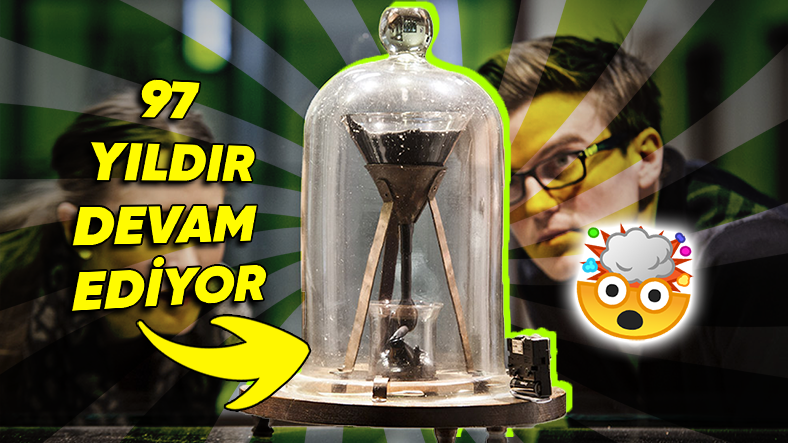MIT scientists have discovered that metals such as copper can become stronger when heated and struck at high speeds, challenging conventional thinking and potentially improving materials for harsh environments such as space and high-speed manufacturing.
Metals become softer when heated, so blacksmiths can shape iron into complex shapes by heating it very hot. Anyone who compares copper wire with steel rods will immediately realize that copper is much more flexible than steel.
But scientists from the Massachusetts Institute of Technology discovered that when an object moving at extremely high speed collides with metal, the opposite happens: the hotter the metal, the stronger it is. Under these conditions, which place extreme stress on the metal, copper can actually be as strong as steel. The new discovery could lead to new approaches to developing materials for harsh environments, such as shields protecting space or hypersonic aircraft or equipment for high-speed manufacturing processes.
The findings are described in a recently published article. Nature It was written by Ian Dowding, a graduate student at MIT, and Christopher Schuch, former chair of the Department of Materials Science and Engineering at MIT and now dean of engineering at Northwestern University and adjunct professor at MIT.
Counterintuitive consequences and potential applications
The new finding “is controversial and contradicts decades of research in less extreme conditions,” the authors write. Unexpected consequences can affect a variety of applications because the extreme velocities associated with these impacts typically occur during in-orbit collisions between meteorites and spacecraft and during high-speed machining operations used in fabrication, sandblasting, and some additive manufacturing processes (3D printing).
The experiments the researchers used to detect this effect involved shooting tiny sapphire particles, only one-millionth of a meter in diameter, onto flat metal plates. Under the influence of laser beams, the particles reached high speeds of around several hundred meters per second. Although other researchers have occasionally conducted experiments at similar high speeds, they have generally used larger impact elements on a centimeter scale or larger. Because impact effects were more dominant in these larger shocks, it was not possible to separate mechanical and thermal effects.
The tiny particles in the new study do not create a significant pressure wave when they hit a target. But it took a decade of research at MIT to develop methods to move such microscopic particles at such high speeds. “We took advantage of that,” Schuh says, as well as other new methods of observing the impact itself at high speed.
Observations and conclusions
He says the team used extremely high-speed cameras to “track particles as they arrive and leave.” As particles bounce off the surface, the difference between their entry and exit velocities “tells how much energy is being put into” the target, which is an indication of the strength of the surface.
The tiny particles they use are made of aluminum oxide or sapphire and are “very hard,” Dowding says. Between 10 and 20 microns (millionths of a metre), they are one-tenth to one-fifth the thickness of a human hair. When a laser beam hits the launch pad behind these particles, some of the material vaporizes, creating a vapor jet that pushes the particle in the opposite direction.
The researchers sent particles into samples of copper, titanium and gold and expect their results to be applied to other metals. Although hints of such an effect have been reported before, they say their data is the first direct experimental evidence of this anomalous thermal effect of increased force resulting in greater heating.
According to the researchers’ analysis, this surprising effect appears to be a result of how the ordered arrays of atoms that make up the crystal structure of metals behave under different conditions. They showed that there are three separate effects that determine how a metal will deform under stress, and that two of these follow the predicted trajectory of increasing strain at high temperatures, while a third effect, called resistance hardening, reverses its effect when the strain rate exceeds temperature. deformations beyond a certain threshold.
Drag enhancement effect
Beyond this intersection, higher temperatures increase the activity of phonons (sound or heat waves) within the material, and these phonons interact with dislocations in the crystal lattice in a way that limits their ability to shift and deform. Dowding says the impact increases with impact speed and temperature, so “the faster you go, the less responsive sprains can be.”
Of course, at some point the increasing temperature will begin to melt the metal, and at that point the effect will change again, leading to softening. “There will be a limit” to this strengthening effect, Dowding says, “but we don’t know what it is.”
The data could lead to different material choices when designing devices that could be subjected to such extreme stresses, Schuh says. For example, metals that are normally much weaker, but cheaper or easier to work, can be useful in situations where no one could use them before.
The extreme conditions the researchers studied are not limited to spacecraft or extreme production methods. “If you fly a helicopter in a sandstorm, many of the sand particles will reach high speeds when they hit the blade,” says Dowding, and in desert conditions they can reach high temperatures when these solidification effects are triggered.
The methods researchers used to detect this phenomenon can be applied to many other materials and situations, including other metals and alloys. They say that designing materials for use in extreme conditions by extrapolating known properties to less harsh conditions can lead to seriously inaccurate expectations about how materials will behave under extreme loads.













